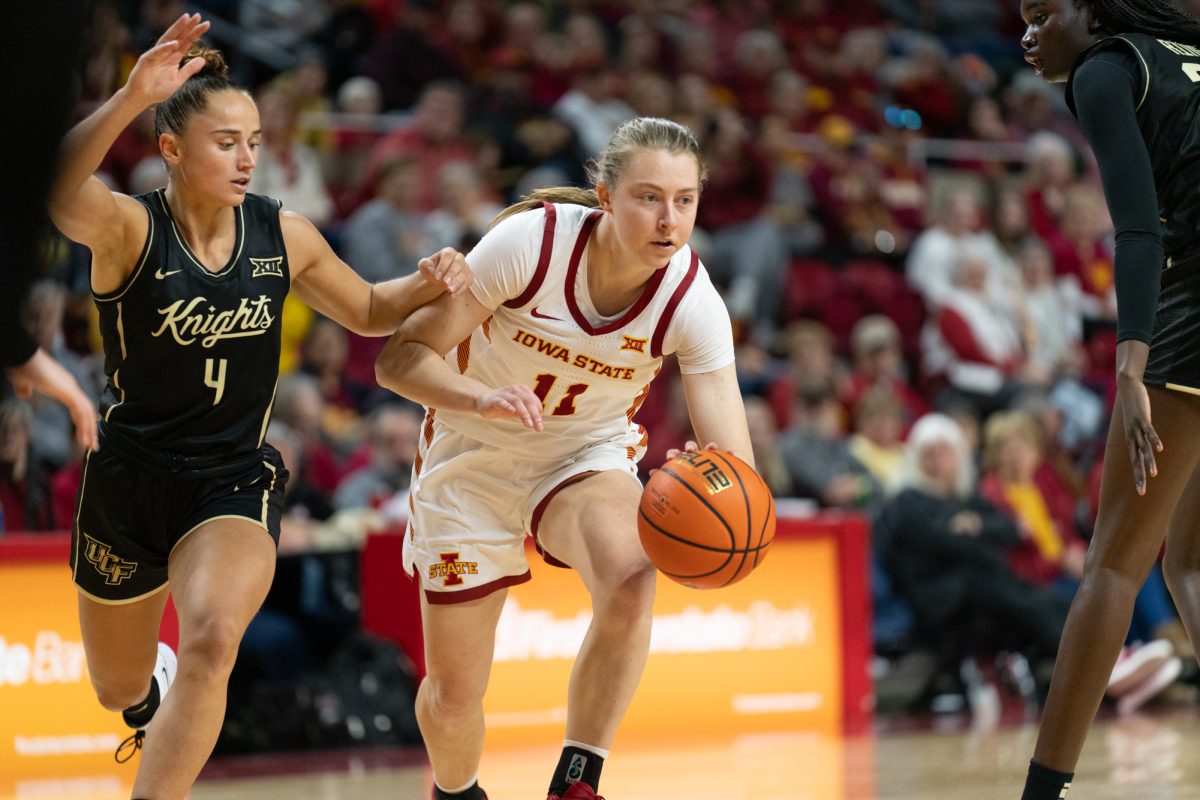One-year student retention rates increase at universities
May 18, 2005
For the first time since 1999, all three state universities in Iowa experienced an increase in one-year student retention rates. The recently released Board of Regents Annual Report on Student Retention and Graduation Rates announced the increase for the entering class of 2003.
According to the report, nationally, the first-year retention rates of four-year colleges and universities averages 73 percent. The three Iowa institutions are above this average with more than 82 percent of the entering classes of 2003 returning for a second year.
Of the three state universities, Iowa State has consistently had the lowest number of students graduating in four years for the last 10 years, according to the report.
“To be a truly accurate comparison, the data needs to be corrected for the profile of entering students and the comparability of majors and degrees. By some measures, Iowa State is the most successful if these factors are accounted for,” said David Holger, associate provost.
Other aspects to be considered include the number of students who do internships while in school and those who study abroad, said Robert Bergmann, senior research analyst in the institutional research department at Iowa State.
Strategies are being implemented at each university to keep student retention rates high, said Diana Gonzalez, policy and operations analyst for the Board of Regents.
Some of the strategies Iowa State has implemented are the supplemental instruction program, the course availability committee, the Academic Success Center, a four-year graduation program and learning communities, according to the report.
Iowa State’s learning communities have played a critical role in improving first-year retention rates, the report said. Of the entering freshmen in fall 2003 who were in learning communities, 88 percent returned for their second year, compared to 81.9 percent of freshmen who were not in learning communities.
“The data is pretty clear that learning communities are successful in retention efforts to improve retention and the undergraduate experience,” said Doug Gruenewald, assistant director of residence and co-director of learning communities.
Learning communities help students connect quickly to the university by helping them form cohesive groups of peers and introducing them to faculty and staff, Gruenewald said.
Although many colleges and universities, including the University of Iowa, have learning communities, Iowa State has been recognized nationally, Gruenewald said. Iowa State was ranked in about the top five for learning communities in the country.
In addition to the already established strategies, new plans have also been made to ensure high retention rates in the future.
“Recently, the president appointed a University Retention Task Force to broadly consider and assess programs and activities that are in place, to develop new programs and to recommend new initiatives to enhance student success, retention and graduation,” Holger said.






